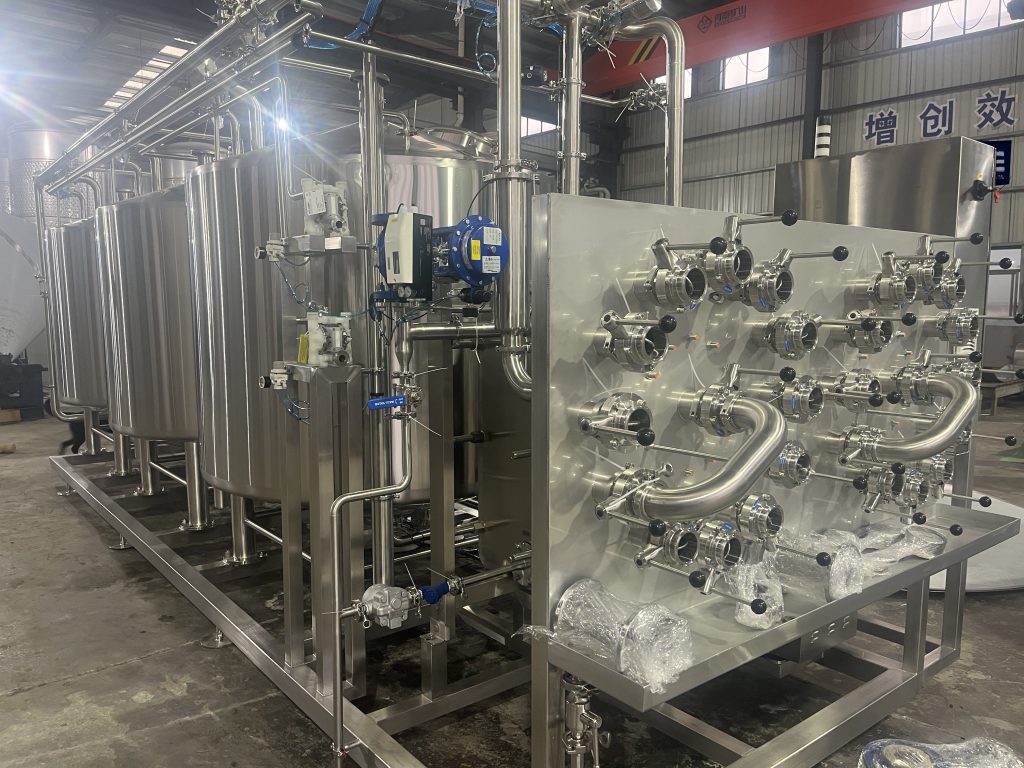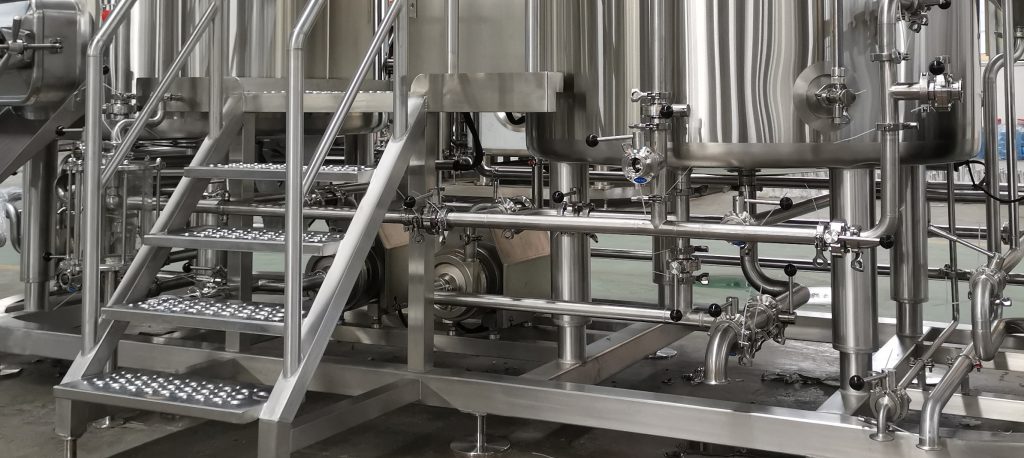Introduction

Clean-in-Place (CIP) systems are essential in industries where hygiene is paramount, such as food, beverage, and pharmaceutical manufacturing. These automated systems clean the interior surfaces of tanks, pipes, and process equipment without disassembly, ensuring that production environments meet strict sanitation standards. Effective maintenance of your CIP system not only ensures operational efficiency but also extends the lifespan of the equipment. This blog explores best practices for maintaining your CIP Clean-In-Place system to achieve optimal performance.
Understanding Your CIP System
Before diving into maintenance practices, it is crucial to understand the components and functioning of your CIP system. A typical CIP system includes tanks, pumps, valves, spray nozzles, heat exchangers, and control units. These components work together to deliver cleaning solutions to the equipment, circulate the solutions, and then recover them for reuse or disposal.
Key Components
- Tanks: Hold cleaning solutions, rinse water, and sometimes recovery fluids.
- Pumps: Propel fluids through the system.
- Valves: Control the flow and direction of fluids.
- Spray Nozzles: Ensure effective distribution of cleaning agents inside the equipment.
- Heat Exchangers: Heat the cleaning solutions to the required temperatures.
Routine Maintenance Procedures
Regular maintenance is essential to keep your CIP system running efficiently. Here’s a structured approach to routine maintenance:
Daily Checks
- Inspect Seals and Gaskets: Check for wear and tear to prevent leaks.
- Monitor Pressure Gauges: Ensure they are within operational ranges to avoid system stress.
- Verify Solution Concentrations: Use refractometers or conductivity meters to check the concentration of cleaning solutions.
Weekly and Monthly Inspections
- Clean Filters and Strainers: Remove any accumulated debris to maintain fluid flow.
- Check and Calibrate Sensors: Ensure pH, temperature, and conductivity sensors are accurate.
- Examine Spray Nozzles: Look for clogs or signs of uneven spray patterns.
Optimizing Cleaning Protocols
Adjusting and optimizing cleaning protocols can significantly affect the efficiency and effectiveness of your CIP system. Here are key considerations:
Table: Comparison of Cleaning Protocols
| Protocol | Frequency | Temperature | Chemical Concentration | Duration |
|---|---|---|---|---|
| Standard | Daily | 60°C | 2% Alkaline | 30 min |
| Intensive | Weekly | 75°C | 3% Acidic | 45 min |
Process Adjustments
- Temperature Tuning: Higher temperatures can improve cleaning efficiency but watch for heat-sensitive components.
- Chemical Rotation: Alternate between alkaline and acidic cleaners to prevent microbial resistance and mineral buildup.
Addressing Common Issues
Maintenance challenges can arise with any system. Here are solutions for common issues in CIP systems:
Decreased Cleaning Efficacy
- Solution: Increase chemical concentration or cleaning duration. Check for system leaks that could be diluting the cleaning solution.
Increased Operational Costs
- Solution: Optimize cleaning cycles and review chemical use. Implement recovery systems for water and chemicals to reduce waste.
Equipment Deterioration
- Solution: Regularly replace worn-out parts like seals, gaskets, and nozzles. Use corrosion-resistant materials where possible.
Advanced Maintenance Techniques

Implementing advanced techniques can enhance the performance and reliability of your CIP system:
Predictive Maintenance
- Use of Sensors: Install sensors to predict equipment failures by monitoring system performance and anomaly detection.
Automation Enhancements
- Upgrade Control Systems: Integrate more sophisticated software that adjusts cleaning parameters based on real-time data.
Conclusion:CIP Clean-In-Place System
Maintaining your CIP Clean-In-Place system is crucial for ensuring sanitary conditions and efficient production processes. By understanding your system, performing routine maintenance, optimizing cleaning protocols, addressing common issues, and implementing advanced techniques, you can enhance the lifespan and effectiveness of your CIP system.
FAQ
What is the ideal chemical concentration for a CIP system?
- The ideal concentration varies based on the type of soil and the specific requirements of the process equipment. Generally, a concentration of 1-3% is effective for most cleaning tasks.
How often should I replace the seals and gaskets in my CIP system?
- Seals and gaskets should be inspected regularly and replaced annually or whenever you notice signs of wear or leaks.
Can I use any type of cleaner in my CIP system?
- It’s important to use cleaners that are specifically designed for CIP systems and safe for the materials of your equipment. Always follow the manufacturer’s recommendations.
How can I reduce water usage in my CIP system?
- Implementing recovery systems for rinse water and optimizing the rinse cycles can significantly reduce water usage.

